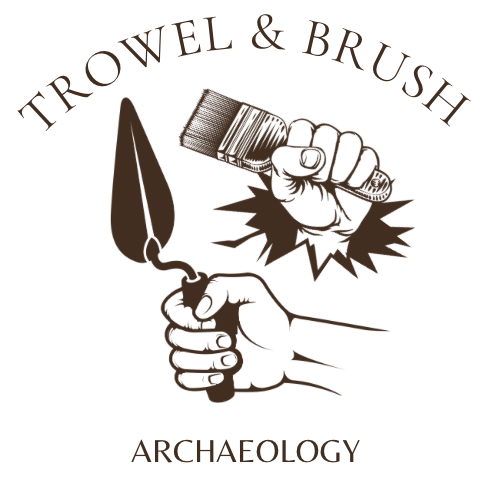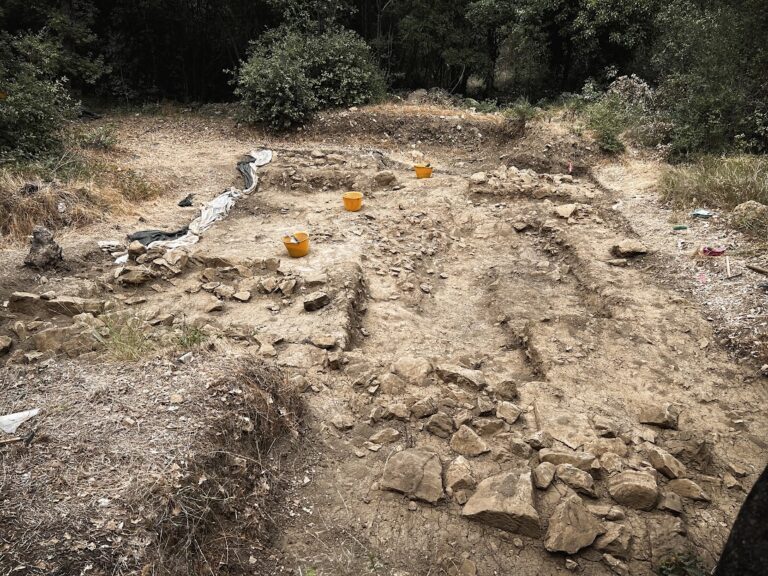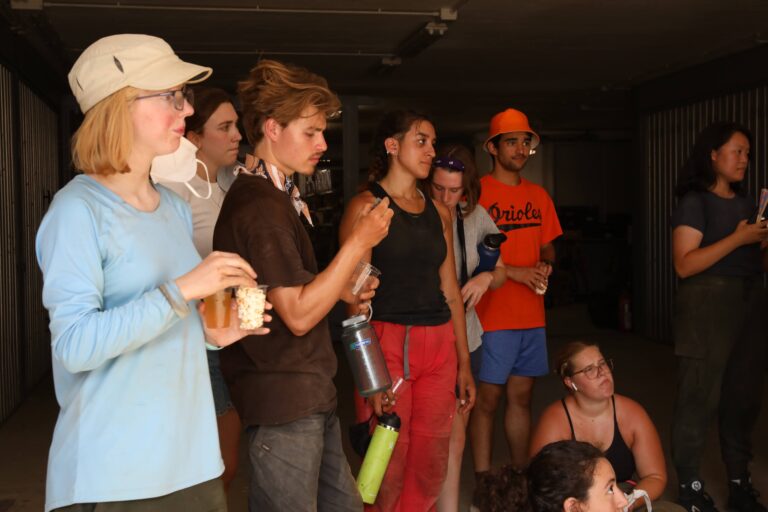5 Discoveries That Changed History
Archaeology has always been a captivating field, offering us glimpses into the mysteries of our past.
Throughout history, numerous discoveries have emerged from the sands, unveiling astonishing insights and transforming our understanding of civilization.
In this article, we will explore five remarkable archaeological findings that have profoundly impacted our understanding of history.
The Rosetta Stone
Our journey begins in 1799 when French soldiers stumbled upon an ancient slab during the Napoleonic campaign in Egypt.
The stone, known as the Rosetta Stone, provided a pivotal breakthrough in deciphering Egyptian hieroglyphs.
Inscribed with the same text in three scripts, including hieroglyphs, Greek, and demotic, the Rosetta Stone became the key that unlocked the secrets of the ancient Egyptian civilization.
Jean-François Champollion, a French scholar, dedicated years to decoding the hieroglyphs using the Rosetta Stone as a guide.
His breakthrough not only revealed the rich history, culture, and religion of ancient Egypt but also laid the foundation for Egyptology as a discipline.
The decipherment of hieroglyphs expanded our knowledge of one of the world’s oldest civilizations, forever changing our understanding of ancient history.
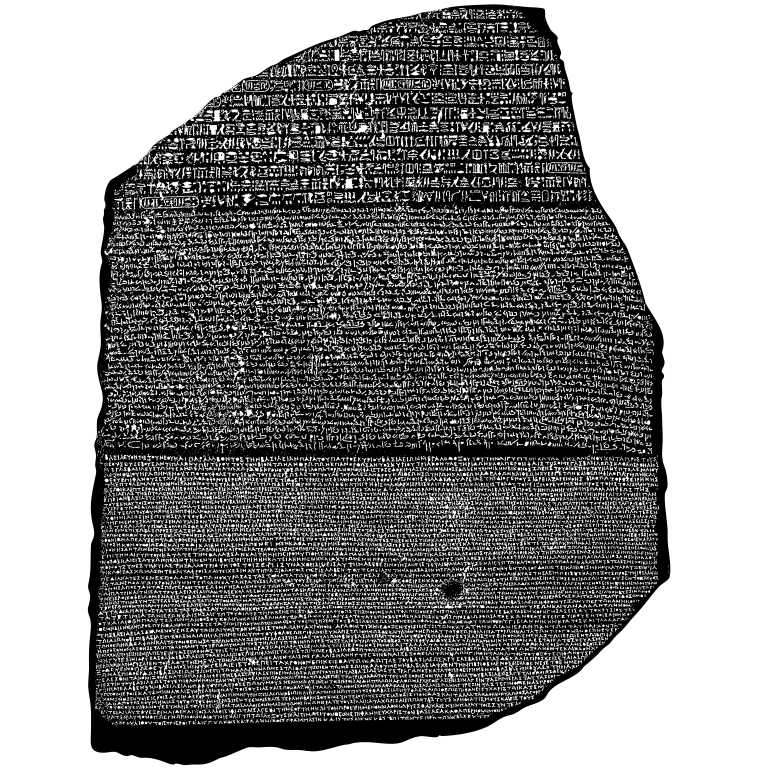
Pompeii
In 79 AD, Mount Vesuvius erupted, burying the Roman city of Pompeii beneath layers of ash and pumice.
Forgotten for centuries, the rediscovery of Pompeii in the 18th century was a turning point in our comprehension of daily life in ancient Rome.
Excavations uncovered remarkably preserved buildings, frescoes, and even human casts, offering an unparalleled window into the past.
The meticulous preservation of Pompeii allowed archaeologists to gain insights into Roman architecture, art, social structures, and even the personal lives of its inhabitants.
The discovery of Pompeii revolutionized the field of archaeology, allowing us to recreate the daily routines and experiences of ancient Romans with remarkable accuracy.
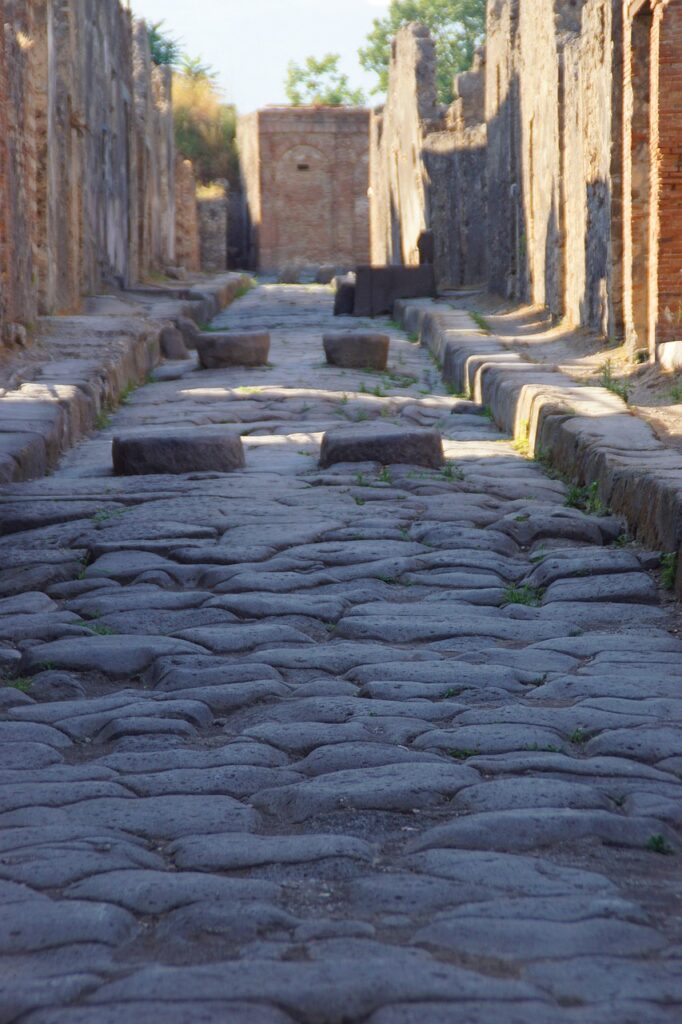
The Terracotta Army
China’s Terracotta Army, unearthed in 1974 near the mausoleum of Emperor Qin Shi Huang, stands as one of the most extraordinary archaeological discoveries.
This vast collection of life-sized terracotta sculptures represents an army designed to protect the emperor in the afterlife.
Over 8,000 soldiers, as well as chariots and horses, were discovered, each with unique facial expressions and intricate details.
The Terracotta Army not only showcased the artistic and engineering prowess of the Qin Dynasty but also provided invaluable insights into the military organization and weaponry of ancient China.
Moreover, it shed light on the centralization of power and the belief in the afterlife prevalent during that era.
This discovery changed our understanding of ancient Chinese civilization and highlighted the significance of funerary practices in shaping cultural and social aspects of the time.
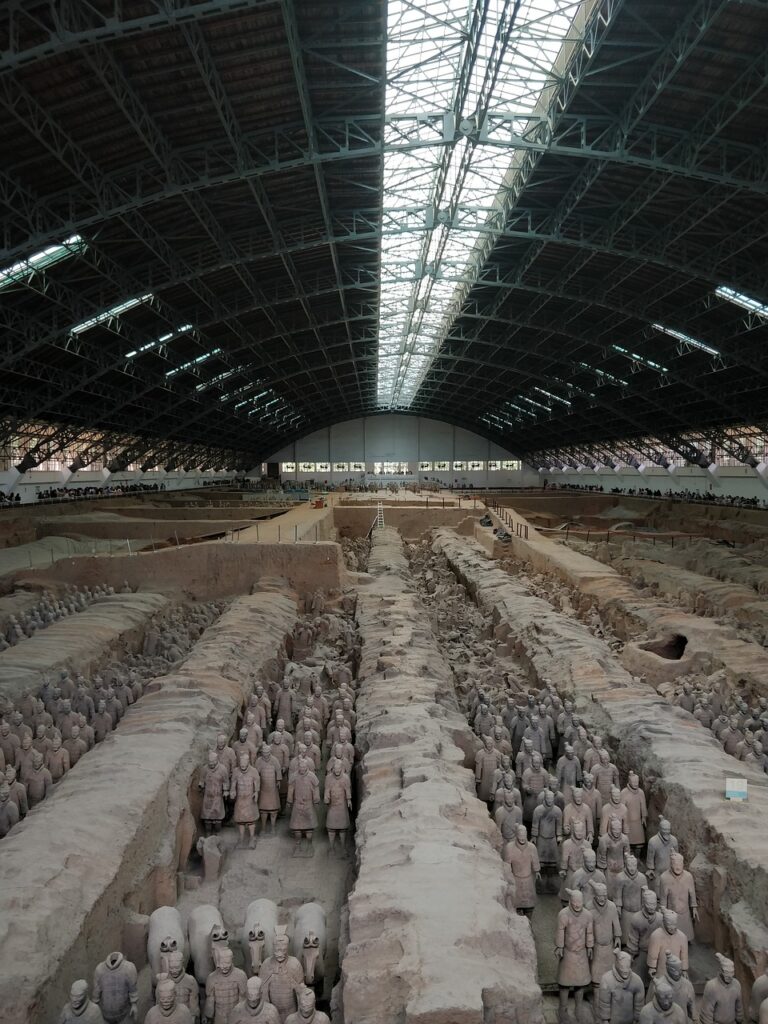
The Dead Sea Scrolls
Hidden within caves near the Dead Sea, the discovery of the Dead Sea Scrolls in the mid-20th century revolutionized our understanding of the Bible and the origins of Judaism and Christianity.
The collection comprises thousands of parchment and papyrus fragments, containing religious texts, literary works, and historical documents dating back to the Second Temple period.
These ancient scrolls shed light on the development of religious thought and practices during the Hellenistic and Roman periods.
They unveiled previously unknown biblical texts, including the oldest surviving copies of the Hebrew Bible, providing valuable insights into the early formation of religious traditions.
The Dead Sea Scrolls have significantly enriched our understanding of the historical and cultural context surrounding the emergence of Judaism and Christianity.
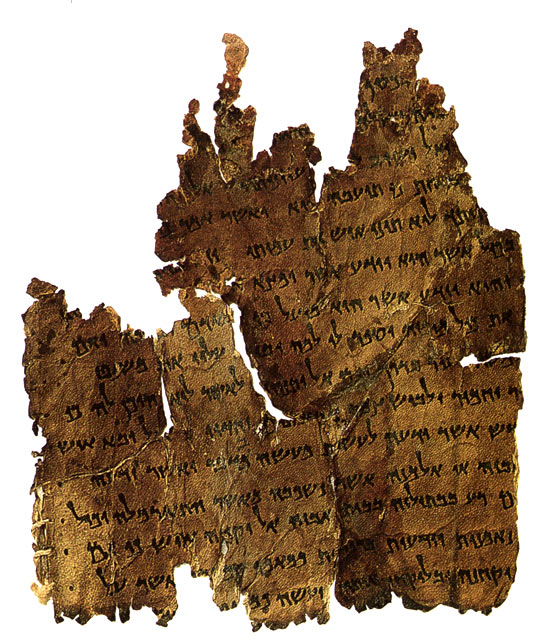
Göbekli Tepe
Located in modern-day Turkey, Göbekli Tepe presents a fascinating archaeological site that challenges our understanding of early human civilization.
Discovered in the 1990s, this complex, dating back to approximately 9600 BCE, predates Stonehenge by several thousand years and defies the conventional belief that complex societal structures emerged after the development of agriculture.
Göbekli Tepe consists of massive stone pillars intricately carved with animal motifs.
Its existence suggests that hunter-gatherer societies were capable of monumental construction projects and organized communal efforts long before the advent of settled farming.
This discovery reshaped our understanding of the Neolithic period, indicating that complex social and religious practices may have driven early humans to come together and engage in communal endeavors.
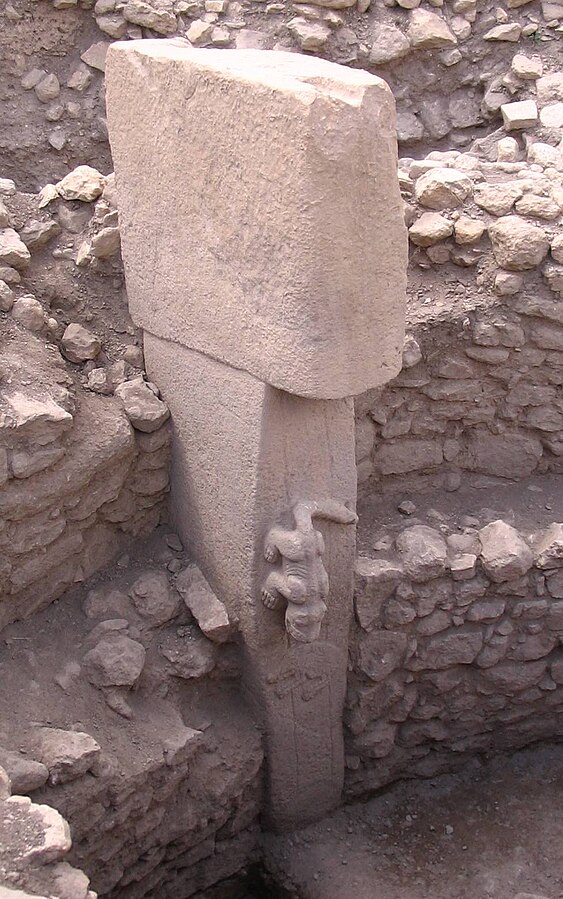
Archaeological discoveries have a profound impact on our understanding of history, revealing the mysteries of ancient civilizations and challenging our preconceived notions.
The Rosetta Stone, Pompeii, the Terracotta Army, the Dead Sea Scrolls, and Göbekli Tepe are just a few examples of the remarkable findings that have transformed our understanding of the past.
As archaeological research continues to unearth new treasures, we can anticipate even more revelations that will reshape our perception of human history.
